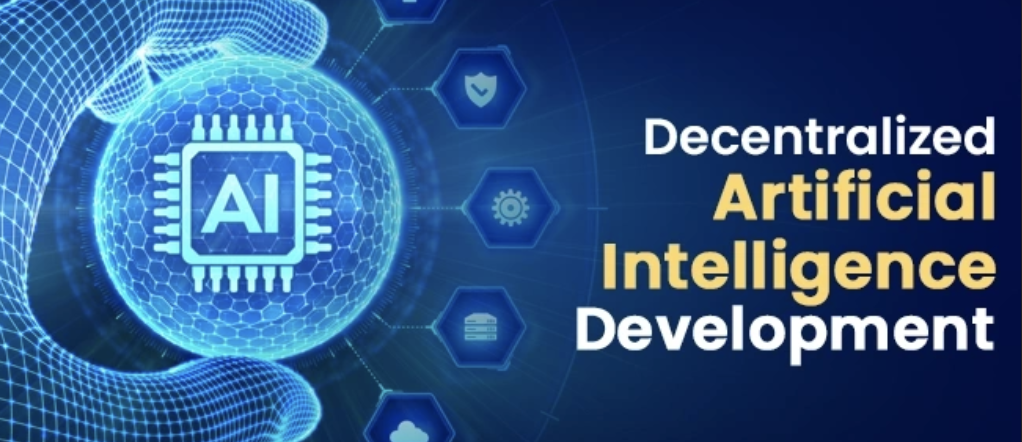
Decentralized AI and Web3: Building a Foundation for Truly Autonomous Systems
The convergence of blockchain and artificial intelligence (AI) is poised to revolutionize how we approach autonomy and innovation. By integrating decentralized AI with Web3 technologies, we can unlock a future where AI operates transparently, independently, and in service of human-centric goals.
From Centralized to Decentralized AI
Centralized AI, often tied to enterprise goals, delivers value within well-defined boundaries. However, its reliance on corporate objectives can limit broader societal impact. Decentralized AI, by contrast, operates in an open ecosystem driven by market demand and participant collaboration. This shift fosters innovation aimed at solving real-world challenges, free from the constraints of enterprise-driven priorities.
The Role of AI Agents in Web3
AI agents are becoming pivotal in the Web3 landscape, automating complex tasks and enabling developers to focus on creativity and strategy. Their integration spans several key areas:
1. Decentralized Applications (dApps): AI agents enhance user experience by providing personalized recommendations and dynamically adapting to individual preferences.
2. Smart Contracts: AI agents create intelligent, autonomous smart contracts that can negotiate terms, adapt to new conditions, and execute agreements without human oversight.
3. Decentralized Autonomous Organizations (DAOs): AI agents streamline DAO governance by analyzing proposals, offering insights, and even voting on behalf of members.
These innovations illustrate how decentralized AI and Web3 technologies can work together to create systems that are more adaptive, efficient, and user-focused.
The Need for Verifiable AI Autonomy
As AI takes on more critical roles, the need for trust and transparency becomes paramount. Verifiable AI autonomy ensures that actions and decisions attributed to AI models are genuinely independent and free from human interference.
Key principles for achieving this include:
- Exclusive Access: AI must have sole control over its systems and outputs.
- Irrevocable Delegation: Once control is assigned to AI, it must be impossible for humans to reclaim it.
- Verifiable Independence: Third parties must have the tools to confirm that AI operates autonomously.
These measures create transparency and accountability, building trust in AI-driven systems, particularly within decentralized environments.
Blockchain as the Foundation for Decentralized AI
Blockchain is uniquely suited to support the autonomy of decentralized AI. Its transparency, immutability, and decentralized nature provide a robust framework for innovations like proof of inference—the ability to verify that a specific answer or action originated from a particular AI model.
Proof of inference addresses critical challenges, such as distinguishing between AI-generated and human-generated actions. By integrating blockchain with AI, we can establish systems that verify and authenticate AI activity in real-time, ensuring accountability.
A Unified Vision for Decentralized AI and Web3
The integration of decentralized AI and Web3 technologies holds immense promise. By automating tasks and enhancing systems like dApps, smart contracts, and DAOs, these innovations empower humans to focus on creativity, strategy, and addressing complex global challenges.
However, this future also demands careful governance, ethical standards, and safeguards to ensure alignment with human values. Transparent protocols and decentralized frameworks are essential for unlocking the full potential of these technologies.
The fusion of decentralized AI and Web3 represents a transformative step toward creating systems that prioritize autonomy, transparency, and human-centric innovation. By building verifiable and independent AI systems, we can move closer to a future where technology not only complements human ingenuity but also enhances trust and collaboration.
Decentralized AI isn’t just a technological breakthrough—it’s the foundation for a more open, transparent, and equitable digital future.